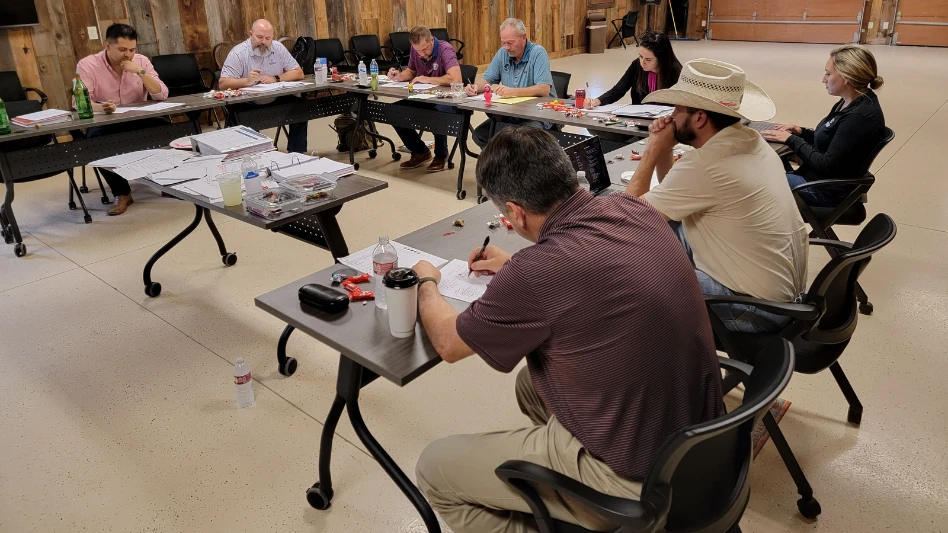Companies looking to expand their services might find profitability in a different kind of turf maintenance – golf courses.
"Certainly golf would be a good option – it has been for some in the past and can be for some in the future," says Bruce Williams of Bruce Williams Golf Consulting.
But because it is a competitive market there is little room for error. The biggest mistake landscapers make is treating the golf course as if it's a large yard, Williams says.
"There are certain things very specific to maintaining golf greens and other areas on the golf course that normally wouldn't be encountered by landscape companies – the level of pest management, as far as diseases are concerned, as far as insects are concerned and weed tolerance," he says.
Below, Williams offers five tips for landscaping and lawn care companies looking to enter the market. – Carolyn LaWell

- Golf courses look for a proven track record. Those new to the market need to show they can maintain grounds and strong trust and communication with clients. If you don't service large commercial or HOA properties, try to get a foot in the door with courses by first doing their clubhouse landscaping and lawn care or snow removal, Williams says.
- Hire a golf course superintendent. "(Companies) just have to make sure that they're employing somebody who understands the business – understands agronomically the business," Williams says.
For recommendations, check out L&L's sister publication Golf Course Industry magazine's job board at www.golfcourseindustry.com/jobs.
- Once a company thinks they have a grasp on the golf course industry, it can start looking for public and private work. Though many private golf courses don't require bids, most public ones do, Williams says.
- Golf maintenance will require the course be staffed seven days a week, so landscaping businesses need to think about their employee count. Lawns might not die overnight, but putting greens are a different story. "When you're playing on a putting green, you can't have it too wet," Williams says. "So you can't overwater on Friday to get it through the weekend."
- Invest in equipment. "Much of the equipment is the same, but some is different," Williams says. "The specialty equipment used for putting greens is significantly different. Mowers mow down to and below an eighth of an inch and are used on a daily basis. The quality of cut needs to be impeccable to provide good putting surfaces."
Illustration by VicKulihim

Explore the October 2011 Issue
Check out more from this issue and find your next story to read.
Latest from Lawn & Landscape
- LMN partners with Attentive.ai
- Get to know the generations working for you
- Addressing addiction in landscaping
- Fairway expands national footprint with 6 acquisitions
- Graze Robotics opens new headquarters in Plano, Texas
- Addiction in the green industry
- Kress earns Sourcewell approval
- The best laid plans





